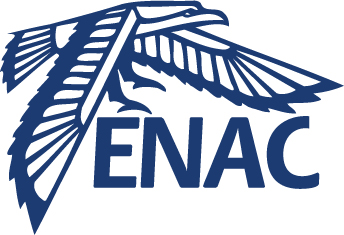Routing in aeronautical ad-hoc networks
Résumé
Routing is one of the main challenges that Aeronautical Ad-hoc NETworks (AANETs) are facing, mostly because of the mobility of the nodes, the geographic size of the network and the number of nodes. To handle this problem, we propose in this paper an innovative routing algorithm called NoDe-TBR (Node Density-TBR), derived from Trajectory-Based Routing (TBR). In this routing algorithm, each aircraft computes a geographic path between itself and the destination of its message. In order to improve delivery probability, this path takes into account the actual aircraft density in each area. The performances of this algorithm have been assessed through simulations, with replayed aircraft trajectories over the North Atlantic Tracks (NATs). They are compared to the performances of classic routing algorithms designed for Mobile Ad-hoc NETworks (MANETs). Our solution exhibits better performances than classic routing protocols, but for a fraction of the signalization traffic volume. This is particularly desirable in resource-constraint networks such as AANETs.
